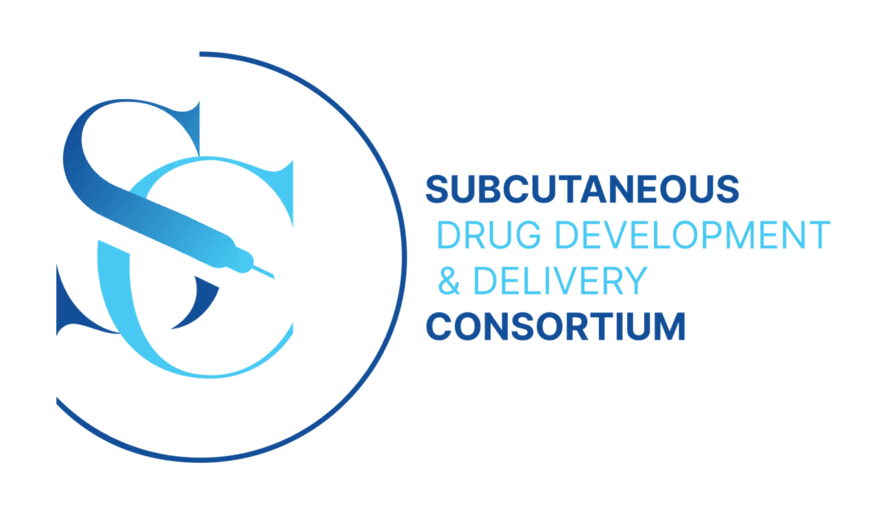Bioavailability
Bioavailability
Bioavailability
Problem Statement
Subcutaneous Bioavailability of biologics is unpredictable and variable – scores have been seen as low as 49% and as high as 90%. There is a gap in translation of data from in-vitro to preclinical to clinical with regards to bioavailability after SC administration. Building predictive in-silico, in-vitro or preclinical in-vivo models will help reliably predict human absorption/ bioavailability for SC products in relation to dose during development. The predictability will inform molecule and product design and a more streamlined development of SC large molecule dosage forms.
Desired Future State
There is an established industry-wide understanding of fundamental model predictability and bioavailability performance throughout development, that ultimately accelerates SC product development and optimizes product design to ensure clinical success
Biggest Accomplishments in 2023

- First RFP for SC Consortium translated to Collaboration with Joanneum/ BioNotus – In-vivo studies completed and preliminary model has been developed
- Shared key learnings including legal framework for future RFPs
- Technology areas scouted to focus scope of future RFPs
Impact of 2023 Tactics: Bioavailability Sub-Team

In 2023, the Bioavailability Sub-Team championed the first RFP for the SC consortium which was focused on evaluating a translatable in-situ pig model along with mechanistic in-silico models for predicting clinical subcutaneous bioavailability. Biovailability Sub-Team co-leads Sachin Mittal (Merck & co, Inc) and Manuel Sanchez-Felix (Halozyme) also presented at the CRS-IPEC workshop and CRS 2023 Annual Meeting, respectively on Subcutaneous product development opportunity and challenges with specific focus on bioperformance
© 2025 Subcutaneous Drug Development & Delivery Consortium

